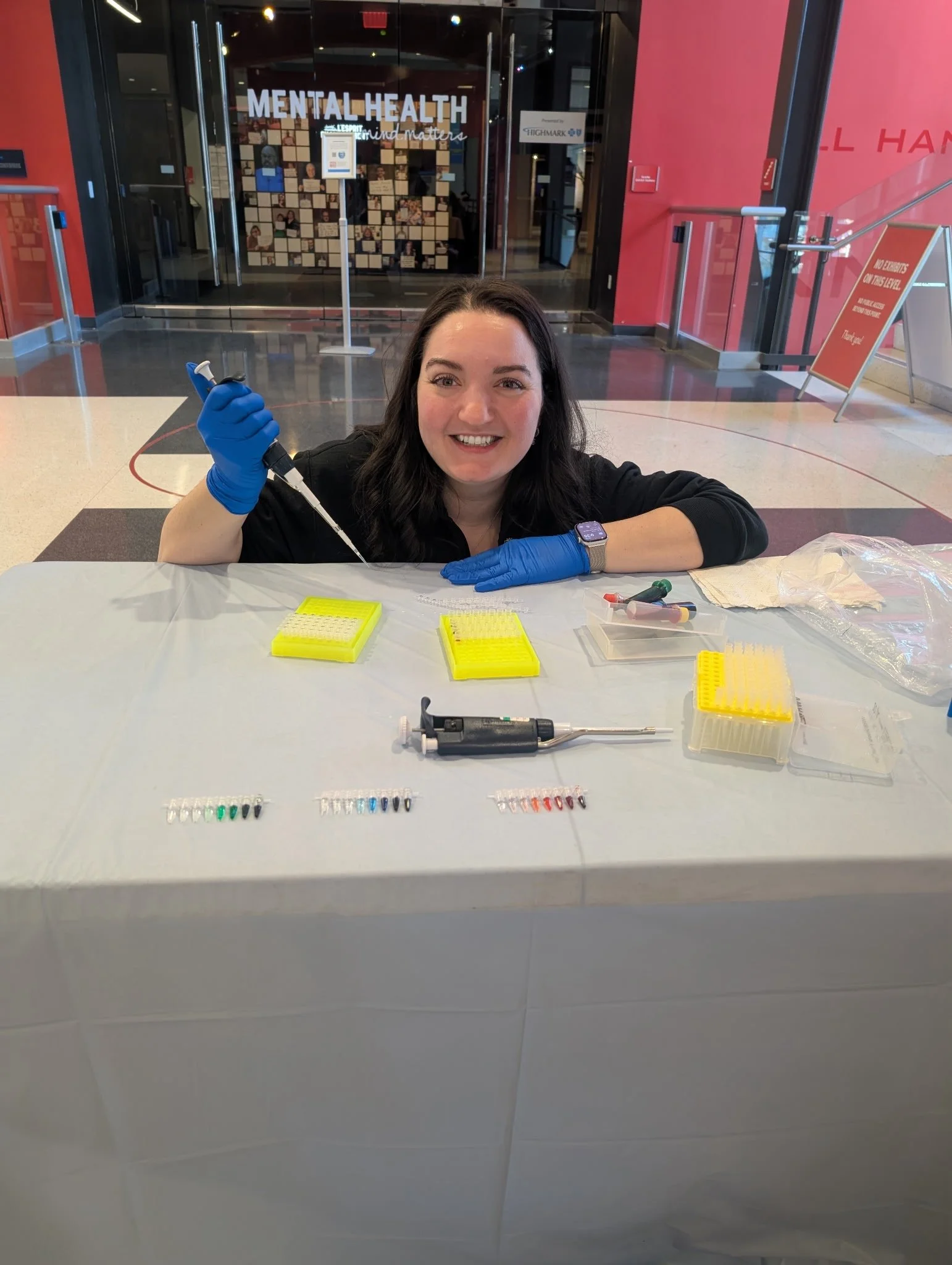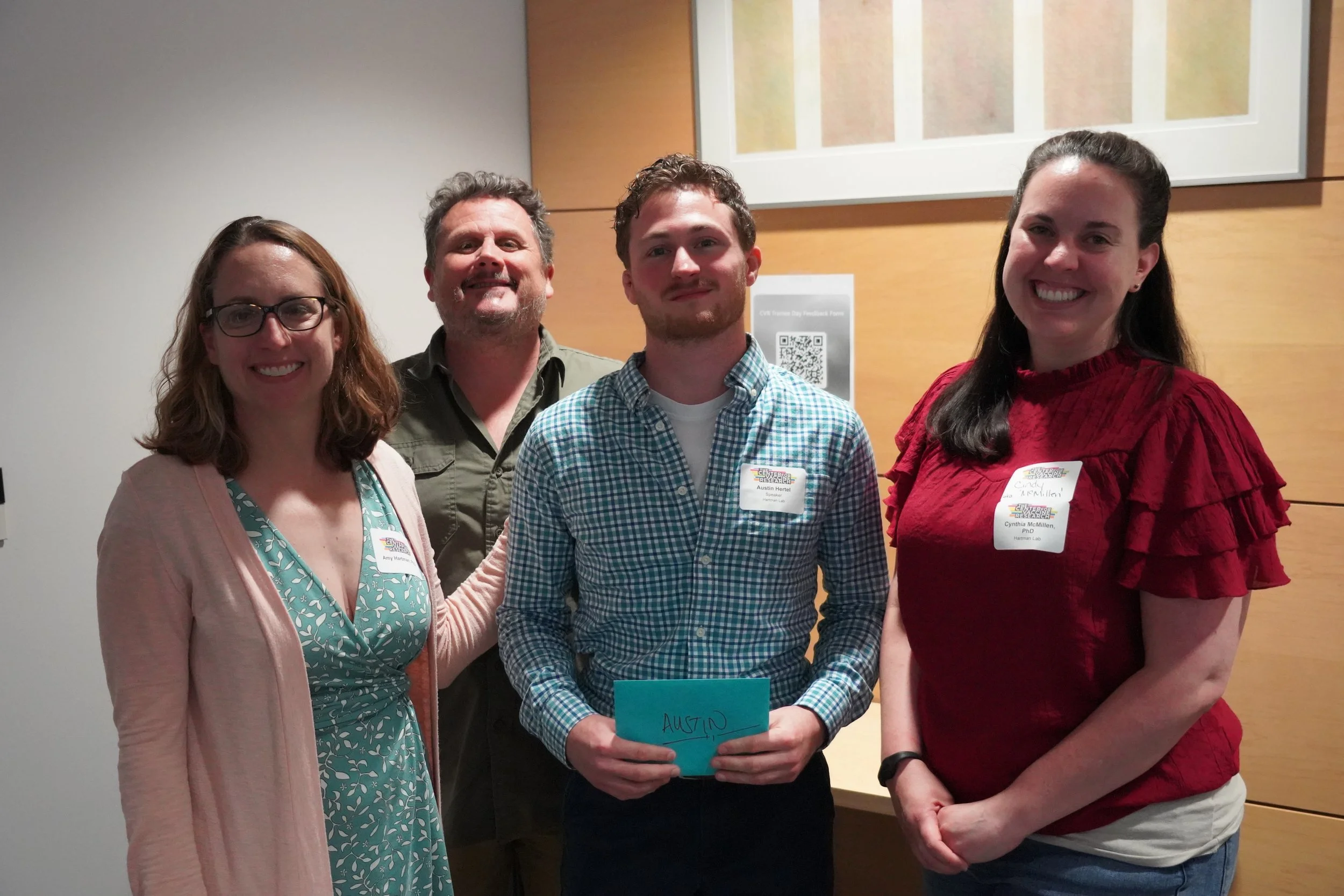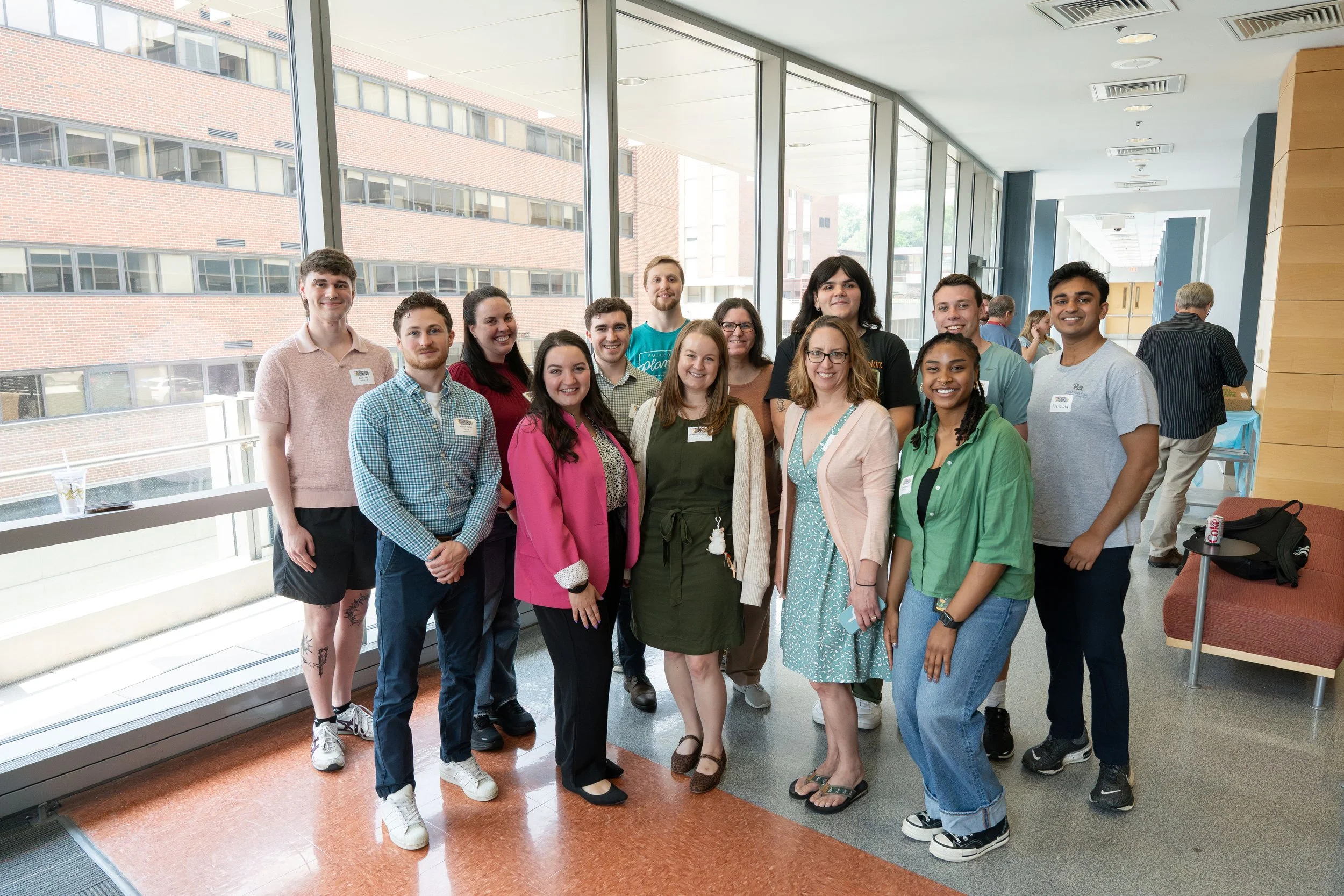In Nature Communications, Dr. McMillen and first author, Dr. Christina Megli from Magee-Women’s Research Institute, demonstrate the susceptibility of the human placenta to Oropouche orthobunyavirus, which has been the cause of an outbreak in South and Central America – and for the first time – resulted in fatalities.
This recent outbreak has also revealed a previously unrecognized severe outcome in human infection: vertical transmission and adverse outcomes in newborns. Dr. McMillen has previously demonstrated the susceptibility of human placenta to a related bunyavirus, Rift Valley fever virus. The placenta is a complex, multi-structured organ composed of several cell types and regions. Using both trophoblast stem cell derived in vitro cultures and organoid models, alongside ex vivo placenta tissue, the team demonstrated the susceptibility of these cells and tissues to Oropouche virus (OROV).
Using a historic strain which we had at the start of the current outbreak, OROV-BeAn19991, the group first identified that OROV replicates to relatively high titers in human trophoblast cultures and organoids. Cytotrophoblasts and syncytiotrophoblasts are two distinct cell types within the placenta that help facilitate nutrient exchange between mother and fetus. OROV-BeAn19991 replicated to high titer in the cytotrophoblasts and resulted in the induction of interferon-lambda 1, while resulting in a lower titer in syncytiotrophoblasts. Similarly, in trophoblast organoids, which contain trophoblasts in layers that more similarly replicate the natural structure of the placenta, there was a marked increase in OROV infection.














































